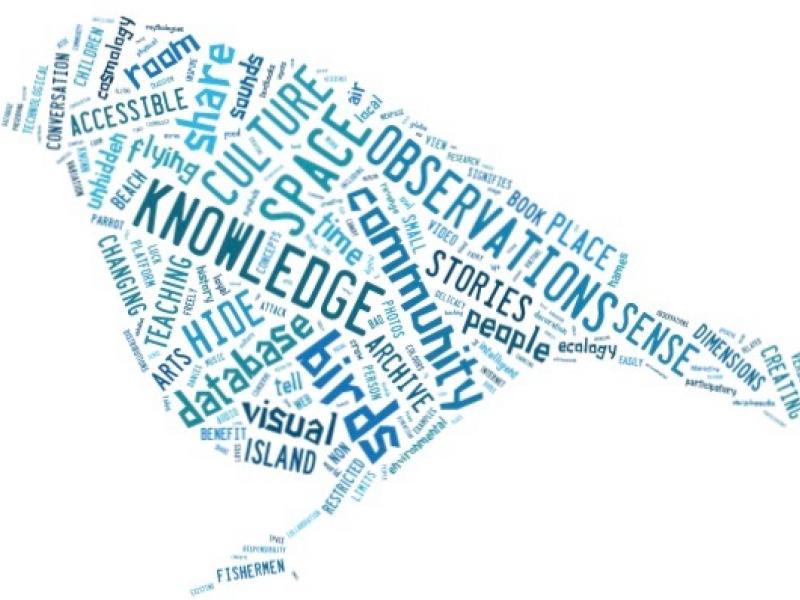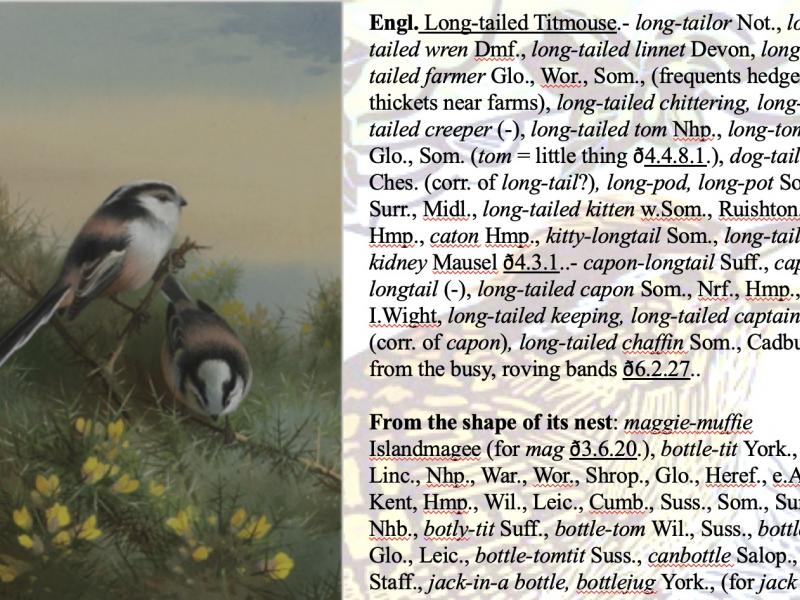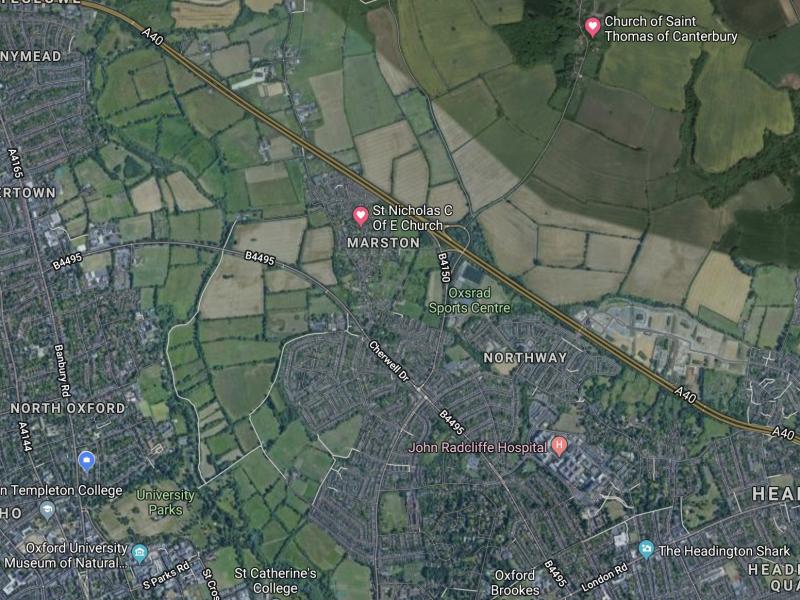Search
Sort
Collection
- (-) Remove Resources for teaching and learning filter Resources for teaching and learning
Category
- Teachings (3) Apply Teachings filter
- Educational materials (2) Apply Educational materials filter
- Europe (2) Apply Europe filter
- Other (use keywords) (2) Apply Other (use keywords) filter
- Visual/ material/ movement arts (2) Apply Visual/ material/ movement arts filter
- Historical (1) Apply Historical filter
- Naming (1) Apply Naming filter
- Personal narratives (1) Apply Personal narratives filter
Digital Heritage
Community
People + Birds Around the WorldCategory
Educational materials, Europe, Biology / ecology, Markers of environ. change, Conservation, Observed changes, Bird song & calls, Preferred habitats, Personal narratives, Names, HistoricalSummary
Twenty-four bird species that have become rare or extinct in the last 100 years, most in the last 40 years.Animals
Luscinia megarhynchos (Common Nightingale), Caprimulgus europaeus (European Nightjar), Acrocephalus palustris (Marsh Warbler), Streptopelia turtur (European Turtle-dove), Poecile montanus (Willow Tit), Anthus trivialis (Tree Pipit), Dryobates minor (Lesser Spotted Woodpecker), Jynx torquilla (Eurasian Wryneck), Lullula arborea (Woodlark), Crex crex (Corncrake), Phylloscopus sibilatrix (Wood Warbler), Emberiza calandra (Corn Bunting), Emberiza citrinella (Yellowhammer), Emberiza cirlus (Cirl Bunting), Phoenicurus phoenicurus (Common Redstart), Coturnix coturnix (Common Quail), Perdix perdix (Grey Partridge), Passer montanus (Eurasian Tree Sparrow), Motacilla flava (Western Yellow Wagtail), Lanius collurio (Red-backed Shrike), Muscicapa striata (Spotted Flycatcher), Coccothraustes coccothraustes (Hawfinch), Burhinus oedicnemus (Eurasian Thick-knee), Saxicola rubetra (Whinchat)Digital Heritage
Community
People + Birds Around the WorldCategory
Educational materials, Europe, Bird song & calls, Preferred habitats, Naming, NamesSummary
A short movie featuring 31 species local to Oxford with habitat and song to help people learn to recognise the songs they hearAnimals
Turdus merula (Eurasian Blackbird), Erithacus rubecula (European Robin), Troglodytes troglodytes (Northern Wren), Columba palumbus (Common Woodpigeon), Fringilla coelebs (Common Chaffinch), Parus major (Great Tit), Cyanistes caeruleus (Eurasian Blue Tit), Periparus ater (Coal Tit), Prunella modularis (Dunnock), Cuculus canorus (Common Cuckoo), Pyrrhula pyrrhula (Eurasian Bullfinch), Dendrocopos major (Great Spotted Woodpecker), Picus viridis (Eurasian Green Woodpecker), Carduelis carduelis (European Goldfinch), Sylvia atricapilla (Eurasian Blackcap), Passer domesticus (House Sparrow), Certhia familiaris (Eurasian Treecreeper), Strix aluco (Tawny Owl), Milvus milvus (Red Kite), Buteo buteo (Eurasian Buzzard), Alauda arvensis (Eurasian Skylark), Streptopelia decaocto (Eurasian Collared-dove), Regulus regulus (Goldcrest), Phylloscopus collybita (Common Chiffchaff), Sylvia communis (Common Whitethroat), Sitta europaea (Eurasian Nuthatch), Turdus philomelos (Song Thrush), Delichon urbicum (Northern House Martin), Apus apus (Common Swift), Pica pica (Eurasian Magpie), Garrulus glandarius (Eurasian Jay)Digital Heritage
Community
EWA ResourcesCategory
Other (use keywords), Bird song & calls, Behavioural observations, Visual/ material/ movement arts, TeachingsSummary
Follow this link to broaden your understanding of birds with online courses, videos and articles.Digital Heritage
Community
EWA ResourcesCategory
Other (use keywords), Conservation, Bird song & calls, Behavioural observations, Visual/ material/ movement arts, TeachingsSummary
Follow this link for a website which allows you to record bird sightings and observations and share them with other users and researchers.Digital Heritage
Community
EWA ResourcesCategory
Threats, Bird song & calls, Behavioural observations, Relations w/ other life & landscape, TeachingsSummary
Resources for 'bird language exploration' to increase awareness of bird calls and behaviour as well as 'birding on the trail' to help with finding and identifying birds. Follow these links to find science and teaching resources for field instructors.













